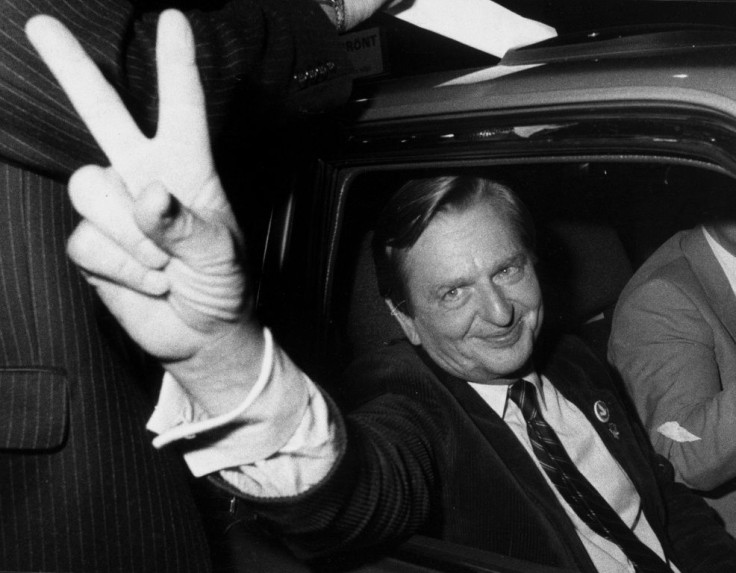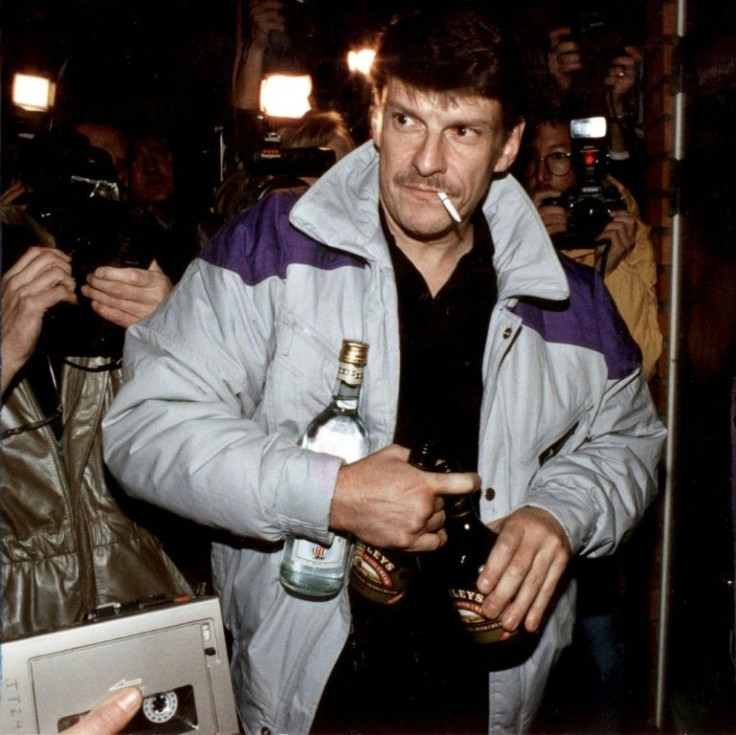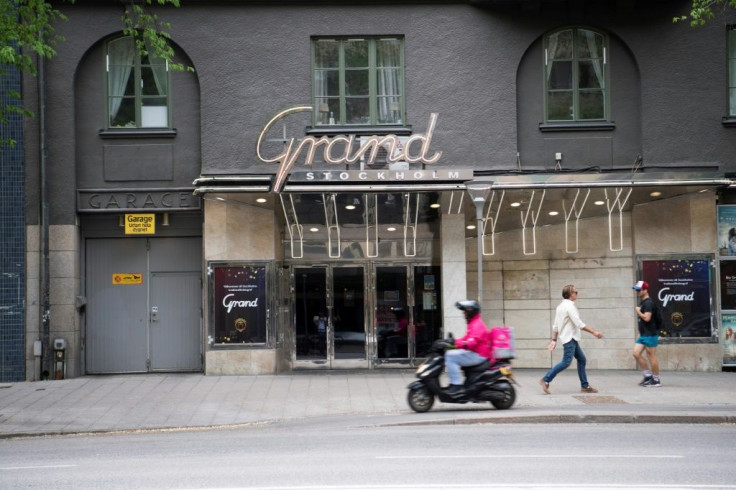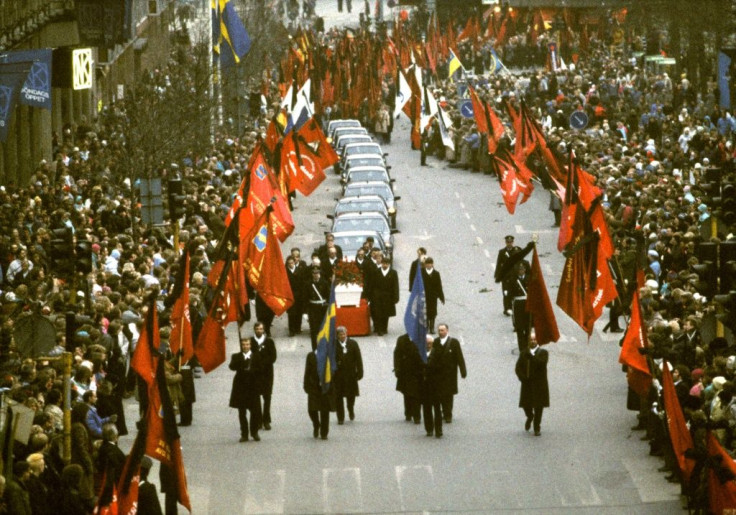Who Killed The Swedish PM? Suspense As Probe Nears End
In a highly anticipated announcement, Swedish prosecutors will reveal Wednesday whether they are pressing charges or closing the investigation into the unsolved 1986 murder of prime minister Olof Palme.
The killing, which current Swedish Prime Minister Stefan Lofven has described as an "open wound", has stumped investigators for decades.
The news that the probe would be wrapped up -- one way or the other -- has made headlines in Sweden and abroad.

One report, in the tabloid Aftonbladet, claimed investigators now had the murder weapon, while Britain's The Guardian reported this week that South African intelligence officials met Swedish investigators in March to hand over information on the assassination.
Palme was killed on February 28, 1986, after leaving a Stockholm cinema with his wife Lisbet to walk home, having dismissed his bodyguards for the evening.
An unidentified attacker shot Palme in the back and fled, leaving the 59-year-old dying in a pool of blood on the sidewalk.
More than 10,000 people have been questioned over the years, but authorities do not currently have anyone placed under formal suspicion.

Chief prosecutor Krister Petersson, who took over the probe in 2017, will announce his decision at 9:30 am (0730 GMT).

Experts and Swedish media have in recent months suggested that the most likely scenario would be that the case will be closed, because the main suspects speculated about in the media in recent years are all dead.
Petersson said in February that if the main suspect was dead, that would justify closing the case as a dead person cannot be prosecuted.
Over the years, more than 130 people have claimed responsibility for the murder and the case files take up 250 metres (820 feet) of shelf space.
Christer Pettersson -- a petty criminal and drug addict who in a bizarre coincidence shares a nearly identical name with the current chief prosecutor -- was convicted of the crime in July 1989 after Palme's widow identified him in a widely-criticised line-up.

But he was freed months later by an appeals court which dismissed her testimony on a technicality. Pettersson died in 2004, while Palme's widow passed away in 2018.
The news that their charismatic leader had been brutally killed shocked Swedes, and their open and peaceful society is said to have "lost its innocence" that day.
Among the leads investigated over the decades have been Turkey's Kurdish rebel group the Kurdistan Workers' Party (PKK), the Swedish military and police, and the South African secret service -- Palme was highly critical of that country's apartheid policies.
A Social Democrat known as a great orator, Palme was a controversial figure who infuriated Washington with his vocal opposition to the US war in Vietnam.
He also backed communist governments in Cuba and Nicaragua.
At home, he laid the foundation for Sweden's modern-day gender equality, but was at odds with the country's business leaders and military, and spoke out against nuclear power.
Palme was prime minister between 1969 and 1976, and again from 1982 to his death in 1986.
Some theories suggest Palme was the victim of a lone gunman acting out of ideological hatred.
One such person whose name has surfaced repeatedly in the media is Stig Engstrom, also known as "the Skandia man", who opposed Palme's left-wing views and was near the murder scene.
Police questioned him as a witness but deemed him unreliable as he changed his story several times. He died in 2000.
By all accounts, Swedish police botched the early part of the investigation, and were accused of being disorganised and unprofessional.
Crucially, they failed to cordon off the murder scene properly, allowing onlookers to walk around and destroy potential forensic evidence, a blunder that still haunts investigators today.
Even if prosecutors decide to close the investigation, it could still be re-opened in the future should new evidence emerge.
© Copyright AFP 2024. All rights reserved.





















